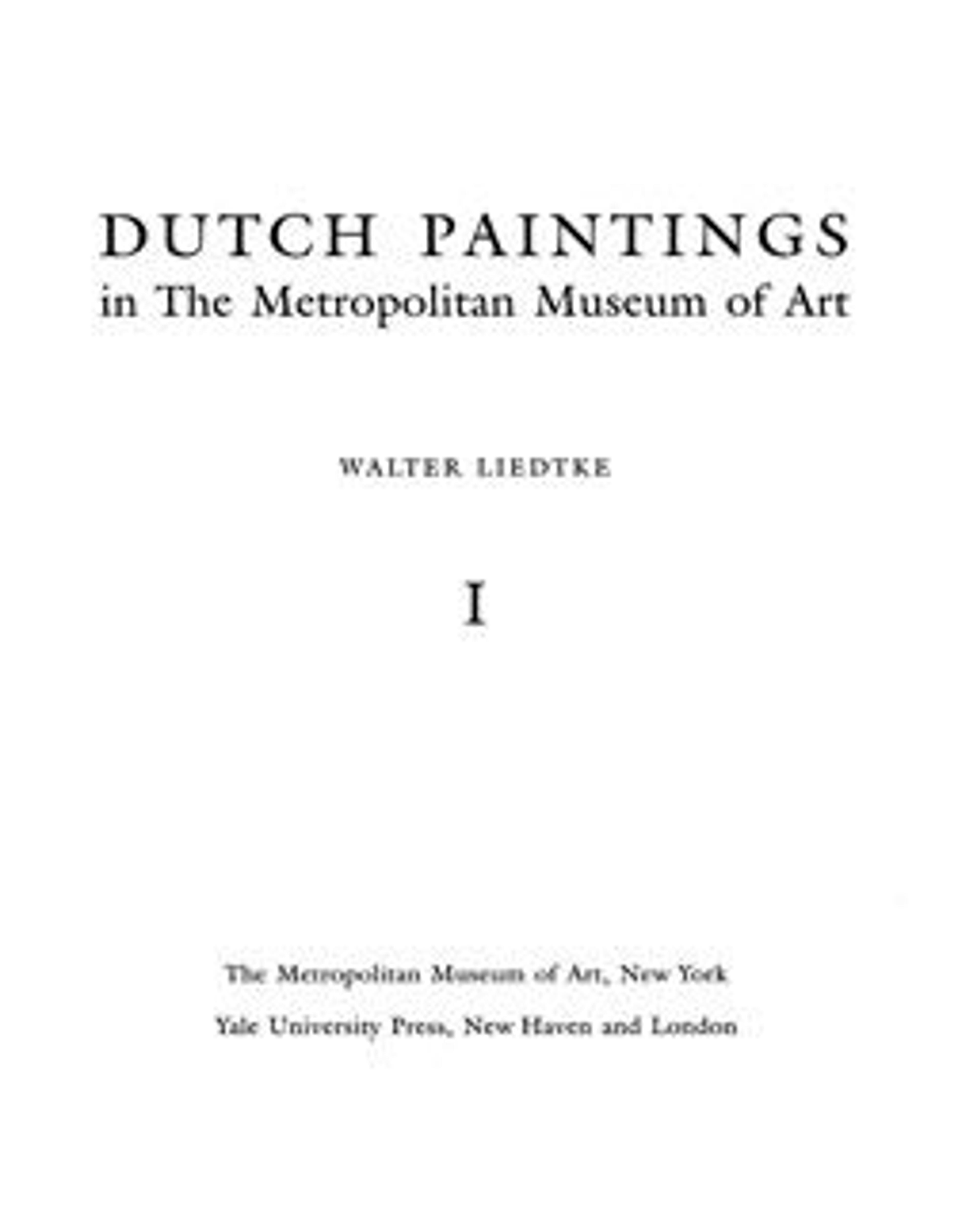A Woman Playing the Theorbo-Lute and a Cavalier
In this intimate scene, a young woman strums a lute while playing a duet with her suitor. Songbooks, such as the one lying on the table here, were common lovers’ gifts at the time. The watch lying alongside it may symbolize temperance, or perhaps the fleeting nature of the affair.
Artwork Details
- Title:A Woman Playing the Theorbo-Lute and a Cavalier
- Artist:Gerard ter Borch the Younger (Dutch, Zwolle 1617–1681 Deventer)
- Date:ca. 1658
- Medium:Oil on wood
- Dimensions:14 1/2 x 12 3/4 in. (36.8 x 32.4 cm)
- Classification:Paintings
- Credit Line:Bequest of Benjamin Altman, 1913
- Object Number:14.40.617
- Curatorial Department: European Paintings
More Artwork
Research Resources
The Met provides unparalleled resources for research and welcomes an international community of students and scholars. The Met's Open Access API is where creators and researchers can connect to the The Met collection. Open Access data and public domain images are available for unrestricted commercial and noncommercial use without permission or fee.
To request images under copyright and other restrictions, please use this Image Request form.
Feedback
We continue to research and examine historical and cultural context for objects in The Met collection. If you have comments or questions about this object record, please contact us using the form below. The Museum looks forward to receiving your comments.
